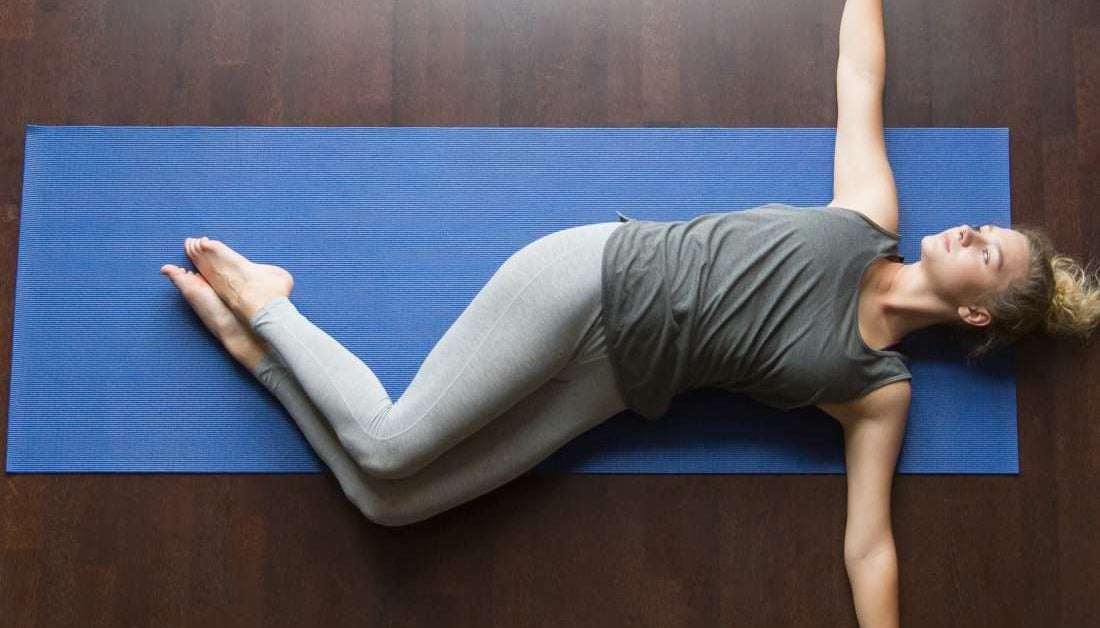What Can I Do To Relieve My Lower Back Pain?

Lower back pain is one of the most common complaints from patients. Conditions commonly associated with back pain are muscle or ligament strain, disc prolapse, arthritis, scoliosis, fracture and osteoporosis. Lower back pain treatment aims for a short-term symptomatic relief since most will improve within four weeks. However, if yours does not improve, or your lower back pain follows after a fall or comes with other symptoms such as bowel and bladder problems, numbness or tingling in your legs, unexplained weight loss and fever, immediately seek medical attention.
Heat therapy is the most recommended non-pharmacological treatment for lower back pain. The heat applied to the lower back can help reduce muscle spasm and improve blood flow. The increased blood flow brings nutrients and oxygen that improves muscle recovery. Safe heat sources can be from a warm bath, electric heat pad or heat wraps.
Activity modification is another way to relieve lower back pain. Some may resort to inactivity during lower back pain but it is important to stay active. Bed rest is not advisable as studies have shown that patients who are treated with bed rest experience more pain and recover slower than ambulating individuals. Attempt returning to activities of daily life and work while keeping it minimal. Gradually increase the activity as tolerated. For example, if long periods of sitting at a desk worsen the pain, set a timer to stand up every 30 minutes to walk around or gently stretch.
Exercise and physical therapy are also helpful in lower back pain management. Stretching can help reduce muscle tension supporting the spine and improve the range of motion. Stretch the muscles in the lower back, buttocks, hips and hamstrings. Start small by stretching 20-30 seconds and stop if it causes pain. Besides, you can do strengthening exercises on the core muscles like the abdominals, hips and glutes. Having strong midline support is critical to decreasing the stress placed on the lumbar spine. Two common programs you can look into are the McKenzie method and the Dynamic Lumbar Stabilisation. Low-impact aerobic exercises such as stationary bikes, step machines, walking and hydrotherapy help to increase blood flow and support healing from injury without jarring the spine. Generally, regular physical activity is really helpful to keep the muscles less stiff and less prone to injury.
Seeking surgery could be a drastic option for your body, but surgery, although a long process, ensures full recovery from back pain caused by internal issues. The long process and the complications can be combated if you do your research and go to one of the best surgeons. Now, if you have hip pain, there is a possibility that it is just muscular stress. However, a medical consultation is very important so that you can keep the possibility of surgery away.
For patients who prefer pharmacotherapy or do not achieve pain relief from the above methods, nonsteroidal anti-inflammatory drug (NSAIDs) is the first-line therapy, such as ibuprofen and naproxen. It is proven to provide modest pain relief for acute lower back pain. However, NSAIDs have significant side effects on the kidney, heart and digestive tract. NSAIDs toxicity is also more common in elderly patients. Make sure to consult your doctor before taking NSAIDs. If NSAIDs are contraindicated, paracetamol can be considered. Be careful with paracetamol if you have liver problems.

Second-line therapy recommended is nonbenzodiazepine muscle relaxant like cyclobenzaprine. This drug has potential sedating effects that may limit a patient’s ability to work and drive. So it is often taken before bedtime.
Other analgesic agents namely the opioids and tramadol are mostly reserved for patients who have severe pain that is not relieved from the above combinations. The duration of therapy with opioid should be brief, mostly less than 3 days due to concerns of misuse and abuse. Tramadol can be used up to 2 weeks but have a risk of serotonin syndrome, a fatal side effect.
Many other interventions have been suggested for acute lower back pain but have little or no clinical evidence to support its use, such as cold therapy, yoga, lumbar support, traction, massage and acupuncture.
Prevention is better than cure. Besides exercising regularly to strengthen the muscles around the spine, you can think ergonomically of your home and workspace. Place the computer monitor and television at a proper height to avoid hunching. Use a desk chair that supports the lower back and allows your feet to be firm on the floor. Take note of your posture. Be cautious when lifting heavy objects. Never bend over the waist. Instead, bend and straighten from the knees. Stop smoking as it increases the risk of osteoporosis that can lead to fracture.




.jpg)
